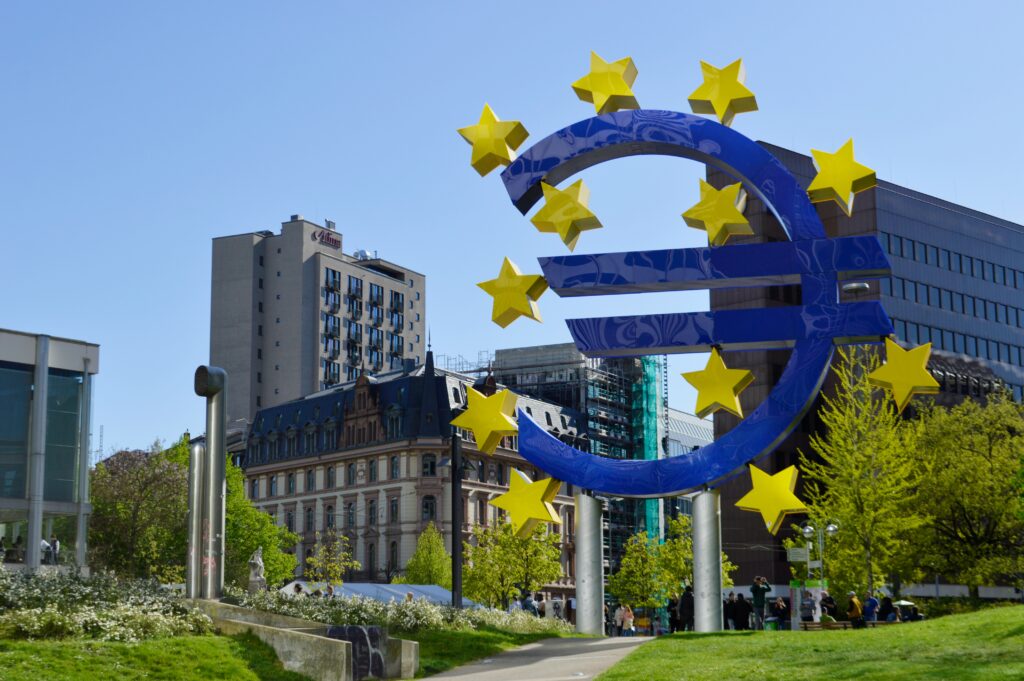Localisation Strategies for International Marketing: Adapting Your Brand to Global Audiences
Expanding your business internationally brings the challenge of making your brand resonate across different cultures, languages, and market dynamics. What works in one country may not land well in another. To effectively engage new audiences, it’s crucial to adapt your marketing strategies to align with local preferences and cultural nuances. In this blog, we’ll explore practical localisation strategies that help scale-ups adapt their brand messaging for global audiences.
Adapt Your Content to Local Languages
This one should be obvious. Despite this, too many websites remain half translated, or not translated at all. This gives your online visitors very few choices. Those on Chrome might turn to the often dubious quality of google translate, but those on other browsers are likely to leave all together.
Translating your content is a basic step, but true localisation goes beyond translation. It’s about capturing the essence of your brand and conveying it in a way that makes sense to the target audience. This involves adjusting idioms, slogans, and even product names to ensure they are relevant and impactful. Try to capture some customer reviews in the local language too.
Avoid machine translation tools for critical marketing materials. Use professional translators who understand both the language and the local context. This helps you avoid embarrassing mistakes like the infamous “Got Milk?” campaign, which was incorrectly translated to “Are You Lactating?” in Spanish speaking markets.
Embrace Cultural Nuances in Your Messaging
This is an extension of translation, but it requires more nuance and tact. When taking your brand global, it’s important to recognise that cultural differences can significantly affect how your marketing is perceived. What might be humorous, persuasive, or even neutral in one culture could be seen as offensive or confusing in another. Understanding these nuances can help you craft messaging that resonates with local audiences, and better yet, demonstrates your brand’s commitment to a new market.
Conduct cultural research or partner with local experts like Bridgehead to understand what’s culturally appropriate in each market. For instance, colours have different meanings in various cultures – red symbolises luck in China but can represent danger in Western countries.
Tailor Your Digital Marketing Efforts
Digital marketing channels perform differently across regions. While some countries might favour Facebook and Instagram, others could be more inclined towards platforms like WeChat or Douyin. Research the top social media platforms and search engines in each market, and tailor your SEO strategy accordingly. For example, in China, optimising content for Baidu rather than Google is essential.
Tailoring your digital marketing strategy to align with regional preferences can significantly boost engagement and click-thru rates, and ensures that you are resonating with your target customers.
Localise Your Website and E-Commerce Experience
Translating the content on your website often won’t go far enough. A truly localised website can make a significant difference in user experience and conversion rates. This goes beyond translating to include adapting the design, payment options, and even customer service approaches to align with local expectations.
Implement region-specific payment gateways, such as Alipay in China or iDEAL in the Netherlands, to cater to local preferences. For e-commerce businesses, ensure that shipping, taxes, and return policies are displayed in local terms.
Leverage Local Influencers and Brand Ambassadors
Partnering with local influencers or brand ambassadors can provide a bridge to new audiences by leveraging their existing followers. Local personalities often have deep connections with their audience and can deliver your brand message in a relatable and culturally appropriate way.
Bridgehead recommends working with micro-influencers who have strong local followings to start with. It’s a great way to grow awareness organically within a local community, and these micro-influencers often have a strong knowledge of the cultural pulse. This can be more impactful than working with global influencers who may lack the local relevance, and micro-influencers
Test and Refine Your Marketing Strategy
Localisation is not a one-time effort—it requires continuous adaptation. Launching small-scale test campaigns can help you gauge audience reactions and fine-tune your approach for better results. It’s crucial to keep optimising your strategy based on local feedback and performance metrics.
Expanding internationally requires more than just reaching new markets; it involves authentically connecting with local audiences. By embracing cultural differences, adapting language, refining digital strategies, and respecting regional regulations, scale-ups can successfully localise their marketing and resonate with global consumers. With the right approach, your brand can cross borders seamlessly, building meaningful connections in every market.






